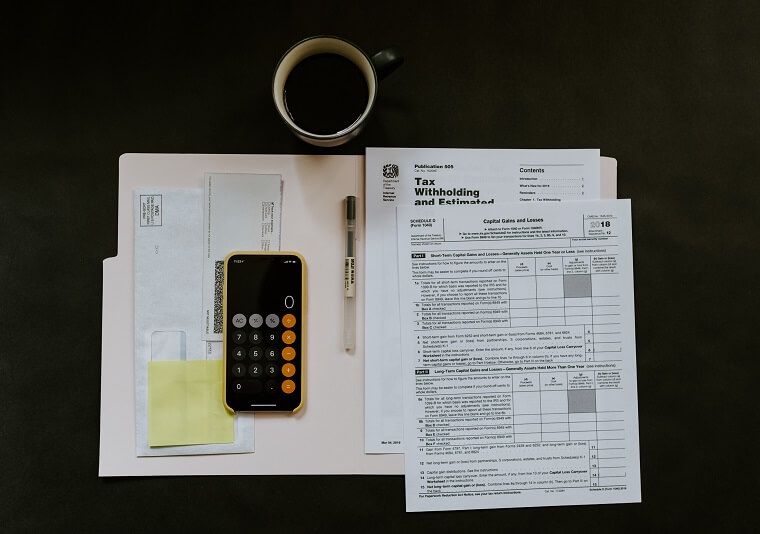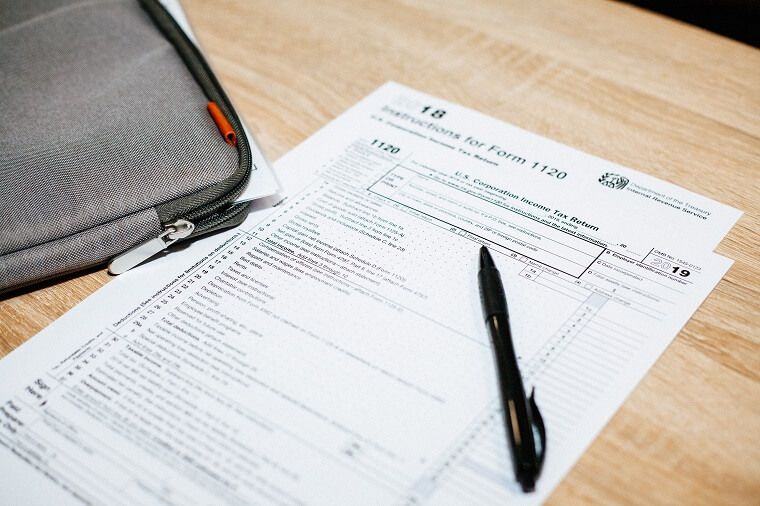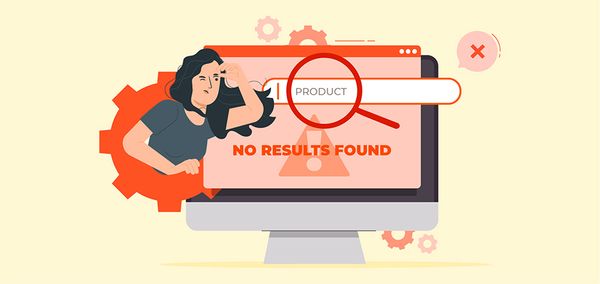What Is Accounting Cycle in Online Business - Full Guide

Most small business owners don't have enough time to look after the accounting sector. However, accounting is a significant activity, and ignoring it might pose a risk for any business. Hence, being a business owner, you must keep track of your business' finances and accounting.
Moreover, the accounting procedure will be full of errors if your documents are disorganized, resulting in unbalanced final amounts or unremitted taxes. So, to avoid these issues, you must go through an accounting cycle. This write-up will help you understand an accounting cycle and why it is essential for any business.
What Is Accounting Cycle
The accounting cycle is a series of steps businesses follow to track and manage financial transactions. Think of it as a journey that starts with recording transactions like sales and expenses and ends with preparing financial statements like balance sheets and income statements.

With the help of an accounting cycle, businesses keep track of their financial health and make informed decisions. To make it easier to understand, imagine the accounting cycle as a roadmap that guides a business in managing its money. It's like taking care of your finances by keeping receipts, tracking spending, and creating a budget to achieve your financial goals.
Importance of Accounting Cycle
The accounting cycle is a vital process through which you can record the financial transactions of your business with high accuracy. The following points state the importance of the accounting cycle for a business regardless of its size:
Ensures Accuracy
The most vital importance of the accounting cycle is that it ensures that all financial transactions are recorded accurately and completely. With its help, businesses stay clear of making any errors in their financial statements and comply with legal requirements.
Helps in Decision Making
Businesses need as accurate information as possible to make proper financial decisions, as they directly affect many operations, investments, and financial strategies. With the help of an accounting cycle, it is much easier.
Compliance with Legal Requirements
The accounting cycle helps businesses to comply with legal requirements, such as tax laws and financial reporting regulations.
To Observe the Financial Performance
Another importance of an accounting cycle is that it helps keep an eye on your business's financial performance. So, with its help, you can easily identify the latest trends and make the required changes to the operations.
Facilitates Auditing
As you can keep a clear and organized record of financial transactions with an accounting cycle, you'll face no issues while going through external audits by independent auditors.
9 Steps of the Accounting Cycle in Online Business
There can be six to nine steps in one accounting cycle because the specialists are used to the process and prefer the shorter way to get by with it. However, nine steps are mentioned below to help you understand the accounting cycle better.
1. Recording Transactions
When it comes to recording transactions, they must be recorded accurately to understand the financial position of the businesses. The transactions can include all online purchases, sales, and other business transactions. But if they are recorded inaccurately, it can complicate things and create serious issues ahead in the process.
| Get Started Now to Grow Your Online Business with the Best AliExpress Dropshipping Tool - DSers! |
Hence, a business owner must ensure that all transactions are recorded accurately and promptly. In addition, the tools used for recording transactions in online business include accounting software, spreadsheets, and online banking tools.
2. Journalizing Transactions
Once you're done with recording transactions, you need to make a journal entry for the transactions. Journalizing transactions means recording transactions in a journal or general ledger. It is a way to keep the transactions organized systematically, and you can analyze them later if you like without going through any trouble.
Moreover, it is essential to journalize all transactions to provide an audit trail and to ensure that financial statements are accurate. Examples of transactions that require journalizing include online sales, purchases, payments, and receipts.
3. Posting to the Ledger
After creating all journal entries, you need to post the transfer of every single entry to the general ledger. Posting to the ledger is an essential step and holds high importance because it helps you keep track of the balances of individual accounts and ensures that the financial statements accurately reflect the financial position of the business.
You can rely on various online software and spreadsheets if you've been searching for the tools used for ledger posting in online business.
4. Preparing a Trial Balance
After posting to the ledger, the next step is to prepare a trial balance. A trial balance is a list of all the account balances at a specific point in time. The trial balance holds importance in an online business because it ensures that the debits and credits in the accounting system are in balance.

When it comes to creating a trial balance, you can use the best accounting software available to save you time. But, if you like to do it manually, you can follow these steps:
I) List all the accounts: First, you need to list all the accounts in the general ledger, including all asset, liability, equity, revenue, and expense accounts.
II) Determine the balance of each account: Now, you need to determine the balance of each account. The process is different for account types, so the balance is the debit balance for asset and expense accounts. But, if you have liability, equity, and revenue accounts, the balance is the credit balance.
III) Record the balances in the trial balance: Then, you need to record the balances in the trial balance in a two-column format. Keep the first column for the account name and the second one for the balance. In addition, the debit balances are recorded in the left column, and the credit balances are recorded in the right column.
IV) Total the columns: Count and write the total of the two columns separately to ensure that the total debit balances equal the total credit balances. If they do not balance, check the ledger accounts for errors and make any necessary corrections.
V) Review the trial balance: Finally, you need to review the trial balance to ensure that all accounts are included, and the balances are accurate. The trial balance is an important tool for identifying errors in the accounting system, so it is essential to review it carefully.
5. Adjusting Entries
Adjusting entries are made to ensure that the financial statements accurately reflect the business's financial position at the end of the accounting period. Adjusting entries play a vital role in an accounting cycle as they also help ensure that financial statements are accurate and complete.
Some examples that one can give for adjusting entries may include accruals, deferrals, and depreciation.
6. Preparing an Adjusted Trial Balance
After making adjusting entries, the next step is to prepare an adjusted trial balance. The adjusted trial balance is similar to the trial balance but includes the adjusting entries' effects.
Therefore, it is important to prepare an adjusted trial balance to ensure that the financial statements accurately reflect the business's financial position after adjusting entries.
The following steps will help you prepare an adjusted trial balance.
I) Record adjusting entries: Adjusting entries are recorded in the general journal to update account balances for transactions that have occurred but have not yet been recorded in the general ledger. Examples of adjusting entries include accruals for revenue and expenses, depreciation of fixed assets, and inventory adjustments.
II) Post-adjusting entries to the general ledger: After the adjusting entries are recorded in the general journal, they are posted to the respective accounts in the general ledger.
III) Determine the balance of each account: After the adjusting entries are posted, determine the balance of each account. For asset and expense accounts, the balance is the debit balance. The balance is the credit balance for liability, equity, and revenue accounts.
IV) Record the balances in the adjusted trial balance: Record the balances in the adjusted trial balance in a two-column format. In the first column, you need to put the account name and the balance in the second column. Also, you must record the debit balances in the left column and the credit balances in the right.
V) Total the columns: Total the two columns separately to ensure that the total debit balances equal the total credit balances. If they do not balance, check the ledger accounts for errors and make any necessary corrections.
VI) Review the adjusted trial balance: Review the adjusted trial balance to ensure that all accounts are included, and the balances are accurate. The adjusted trial balance is an important tool for verifying the accuracy of the accounting system after adjusting entries have been recorded.
7. Financial Statements
Now you need to prepare the financial statements in the accounting cycle. These statements are essential for any online accounting system as they provide information on the financial performance and position of the business. Financial statements include the balance sheet, income statement, and the statement of cash flows. There are three types of financial statements:
- Income statement
- Balance sheet
- Cash flow statement.

To prepare the financial statements, follow these steps:
I) Record financial transactions: First, with the help of any accounting software or tool, you must record all financial transactions that include revenue, expenses, assets, and liabilities.
II) Generate an income statement: Now, use the accounting software or tools to generate an income statement that shows the revenue earned and expenses incurred over a specific period of time, typically a month, quarter, or year.
II) Create a balance sheet: Create a balance sheet showing the company's assets, liabilities, and equity when preparing the financial statements.
IV) Prepare a cash flow statement: Now, prepare a cash flow statement showing the inflow and outflow of cash during a specific period.
V) Review and analyze the financial statements: Once you're done with all the steps mentioned above, review the financial statements. It must be done to identify trends and make the right decisions per the financial data collected. Once you do that, make adjustments to make the statements even more precise.
8. Closing Entries
Closing entries are made to transfer the balances of temporary accounts (revenues, expenses, and dividends) to the retained earnings account. This step is important to prepare the accounts for the next accounting period. Examples of closing entries include closing revenue accounts and closing expense accounts.
9. Post-Closing Trial Balance
The final step in the accounting cycle is to prepare the post-closing trial balance, which is similar to the trial balance but only includes permanent accounts. Post-closing trial balance holds importance because it ensures that the accounting records are ready for the next accounting period.
To prepare a post-closing trial balance in an online business, you must gather all the financial records from the previous steps (general ledger, journal entries, and the trial balance). Then, close all temporary accounts and calculate the new balance of the retained earnings account. Prepare the post-closing trial balance by listing all accounts in the general ledger with their balances.
While doing that, ensure that the debits equal credits and then analyze the trial balance to ensure the accuracy of the data. Finally, present the post-closing trial balance to relevant parties, such as management or external auditors.
Conclusion
So, the accounting cycle is a vital process that helps businesses to keep track of their financial transactions and ensures everything is accurate. Also, with the steps of the accounting cycle in an online business, you can deal with any complications causing the process to be troublesome.
Therefore, an accounting cycle can be highly beneficial for businesses as it helps keep finances stable and allows business owners to take the right steps for the long-term success of their business.













 Company
Company
 Why Choose DSers
Why Choose DSers
 Blog
Blog
 Help Center
Help Center




 Live Chat
Live Chat